Antique wood planes are a type of woodworking tool that has been used for centuries to create smooth, uniform surfaces on wood. Historically, wood planes were essential for creating furniture and other wooden objects. Today, they are prized by collectors and woodworkers alike for their beauty and craftsmanship.
Collectors of antique wood planes often have difficulty identifying the make and model of their planes. Not all planes are created equal, and some are more rare and valuable than others. In this blog post, we will discuss how to identify antique wood planes, as well as what factors affect their value. We will also provide a guide to help you get the most money for your collection!
Table of Contents
What is an Antique Wood Plane?
Antique wood planes are a type of hand tool that was used for woodworking before the advent of power tools. Though they fell out of favor with most woodworkers in the 20th century, they have seen a resurgence in popularity in recent years. Today, antique wood planes are prized by collectors and woodworkers for their unique design and craftsmanship. While some antique wood planes are still used for their intended purpose, others are displayed as works of art. Either way, these beautiful tools are a reminder of a bygone era of woodworking.
A Brief History of Wood Planes
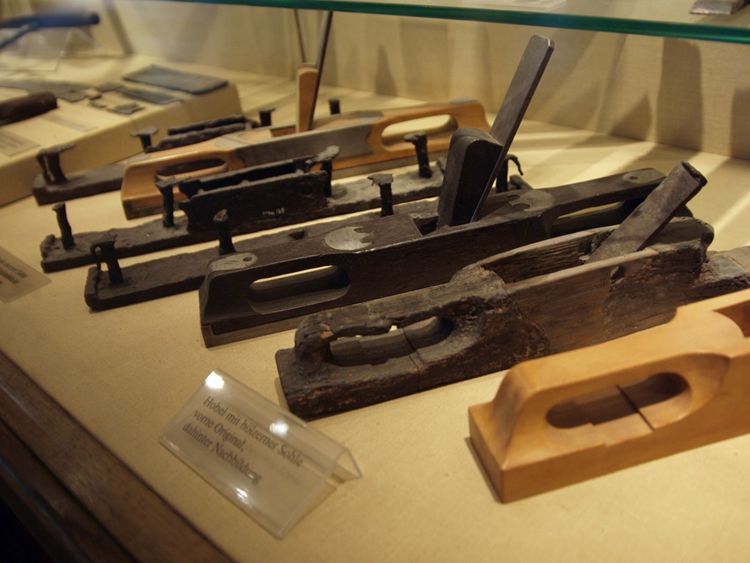
Wood planes have been used by carpenters and woodworkers for centuries. Early planes were made of wood with a metal blade set in the body. The first record of a wood plane dates back to the Roman Empire when they were used to shape wooden beams for construction. In the Middle Ages, planes were used to smooth the surface of wood paneling and furniture.
As the demand for woodworking grew, so did the need for more specialized planes. In the 17th century, records show that there were more than 100 different types of planes in use, each designed for a specific task. The most popular planes were those used for smoothing and shaping furniture. These were soon followed by planes designed for paneling, flooring, and other aspects of carpentry.
Today, wood planes are still an essential part of any carpenter’s toolkit and have remained largely unchanged since their early days of use.
Parts of a Vintage Wood Plane
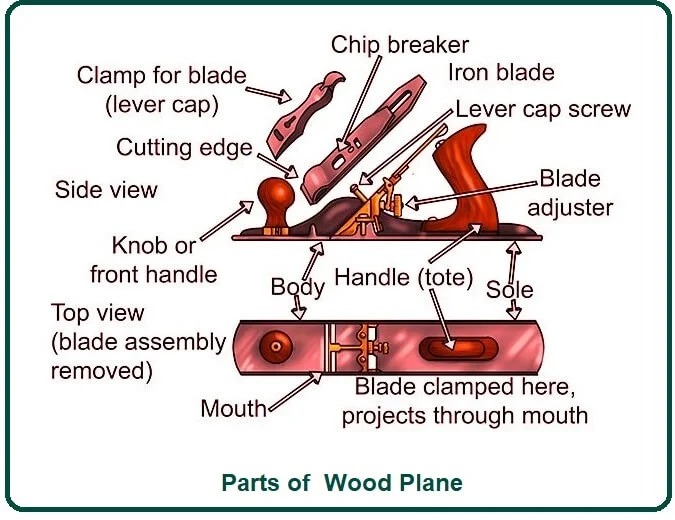
Old wood planes typically consist of these parts:
- The lever capis responsible for holding the cutting blade in place and keeping it from moving during use.
- Chip breaker prevents chips from forming as the plane cuts through the wood.
- Iron is the blade of the plane that does the actual cutting.
- The adjustment mechanismallows the user to adjust the depth of cut and the angle of the iron.
- The toteis the handle of the plane.
- The knob is located at the front of the plane and is used for grip.
- A frog is a metal plate that sits behind the iron and holds it in place.
- The sole is the flat bottom surface of the plane that rides on top of the wood.
Different Types of Wood Planes
There are a variety of different types of wood planes, each designed for a specific purpose. Let’s take a look at some of the most common types:
Bench Plane
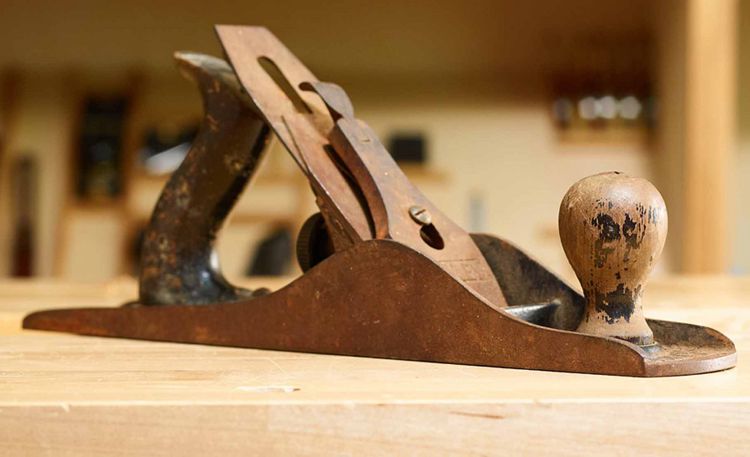
A bench plane is a type of hand plane used to smooth large boards. It gets its name from the fact that it is often used in conjunction with a bench or other support surface. Bench planes are generally larger and heavier than other types of hand planes, which allows them to take off more material with each stroke.
Molding Plane
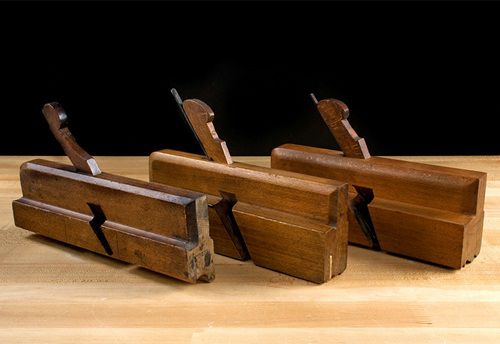
A molding plane is a specialized type of woodworking plane used to create molded surfaces on wood. Molding planes are typically fitted with a blade that is curved or tapered to match the desired profile. The blade is set at a fixed depth, which determines the depth of the cut. It can also be used for tasks such as flattening irregular surfaces and cutting rabbets.
Plough Plane
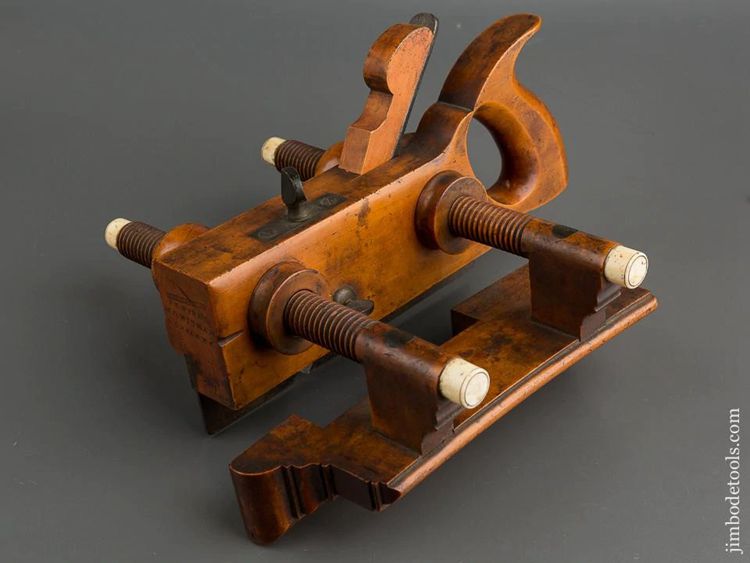
A plough plane is a tool used to cut grooves into the wood. The body of the plane is similar to that of a hand plane, but it has an oscillating cutter attached to the bottom. The cutter is adjustable so that the width and depth of the groove can be controlled. Plough planes are used for a variety of tasks, such as making mortises, dadoes, and rabbets. They can also be used for decorative effects, such as creating inlays or marquetry.
Rabbet Plane
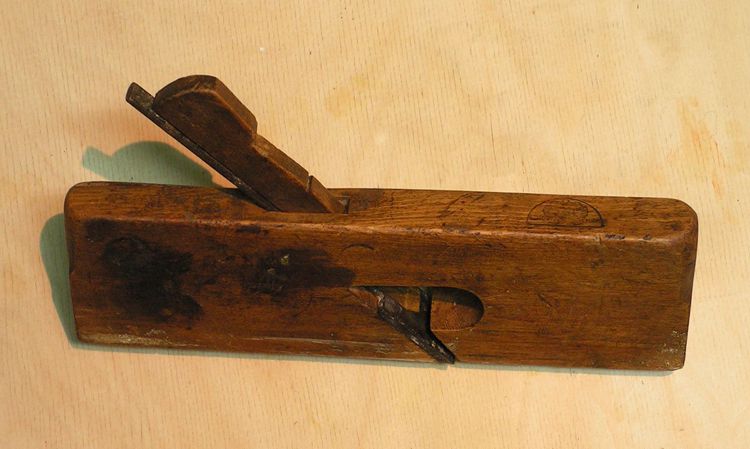
As its name suggests, it is designed specifically for cutting rabbets, which are joints that help to assemble two pieces of wood. The plane has a wide, flat sole that helps to keep the edge of the rabbet flush with the surface of the wood. The blade is set at a level that allows it to cut across the grain of the wood for a clean, precise cut.
Bull-Nose Plane
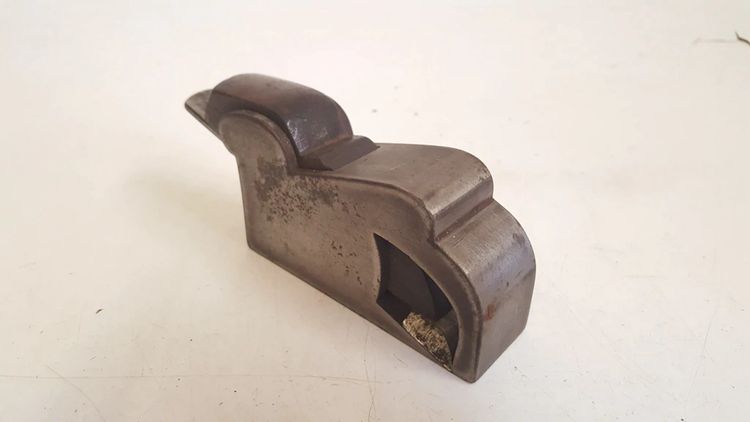
Bull-nose planes are used for creating convex or half-round edges. The blade is fixed at a 45-degree angle, and the body of the plane is curved to allow for easy maneuvering. Unlike other planes, bull-nose planes can be used with one hand. This makes them ideal for working in tight spaces or for making delicate cuts. Bull-nose planes are also smaller than other types of planes, which makes them easier to control.
Chisel Plane
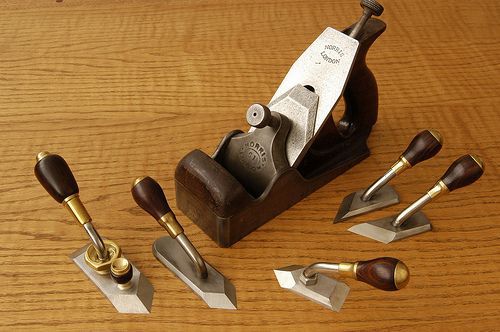
A chisel plane is a small hand tool that is used to create smooth, even surfaces on wood. The blade of a chisel plane is set at a steep angle, which allows it to cut through wood quickly and easily. Chisel planes are most commonly used for planning the edges of boards or for removing excess material from a workpiece.
Combination Plane
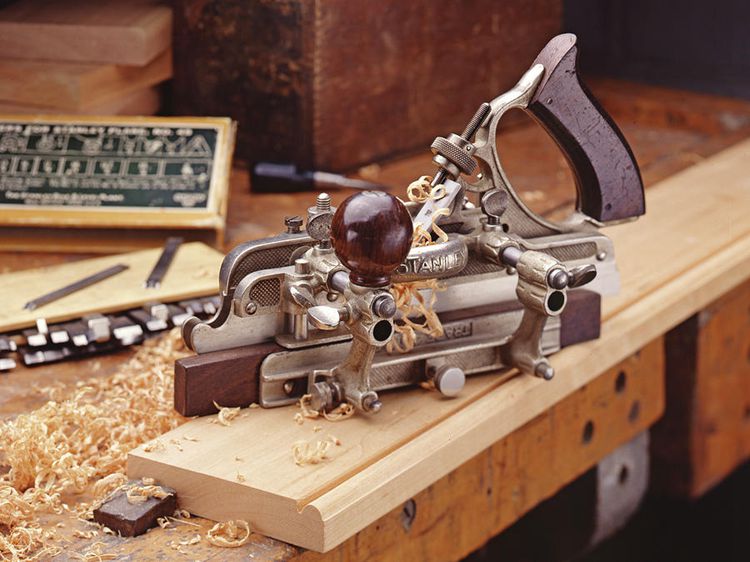
The combination plane is perhaps the most versatile type of wood plane; it has an interchangeable cutting blade that can be used for a variety of different tasks. With a few modifications, you can make it look like molding or a rabbet plane. As a result, the combination plane is an extremely versatile tool that can be used for a variety of different projects.
Compass Plane
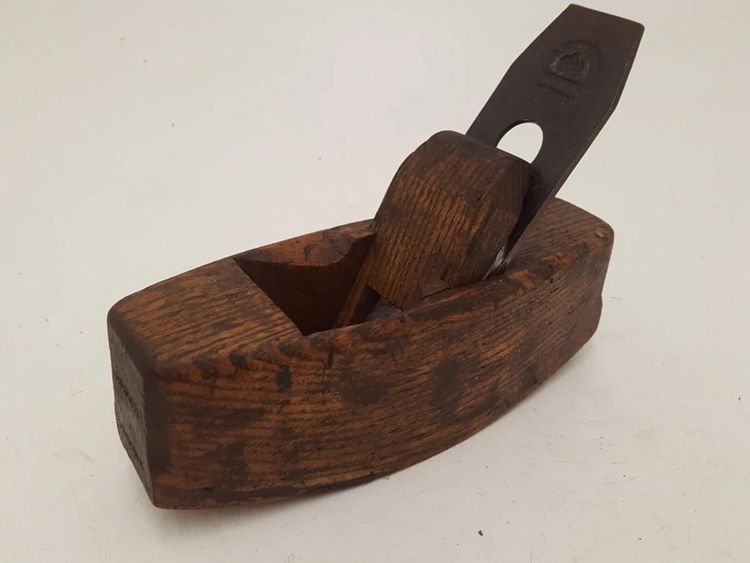
The compass plane is one of the most unique and versatile planes used in woodworking. Its defining feature is its curved sole, which allows it to plane concave and convex surfaces with ease. It is also capable of creating complex moldings and rabbets. The compass plane can also be used to clean up saw marks and level off uneven surfaces.
Finger Plane
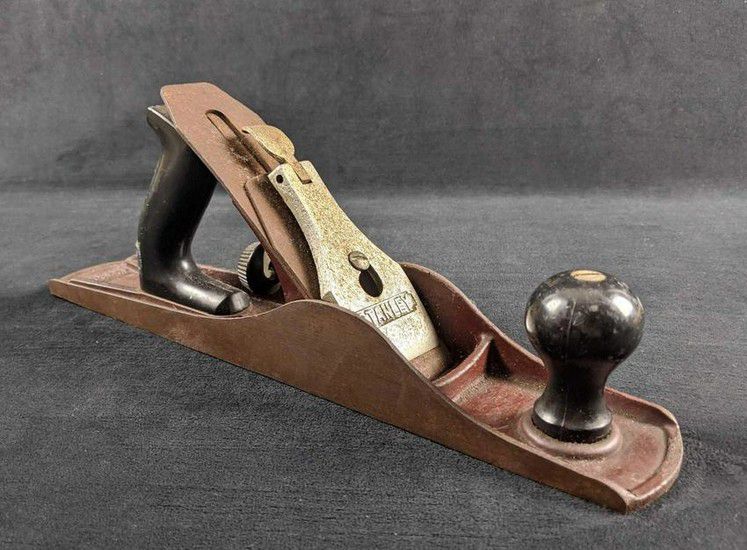
The finger plane is designed for use in tight spaces. The blade on a finger plane is set at a lower angle than on other types of planes, making it ideal for working on small areas. It is used to create smooth, level surfaces on wood. The blade is set at a low angle, and the body of the plane is small and relatively lightweight. This makes it easy to control, and ideal for working on small areas. The finger plane is also frequently used for final finishing touches on a project. As its name suggests, the finger plane is mostly used with the fingers for guidance, rather than the palm.
Fore Plane
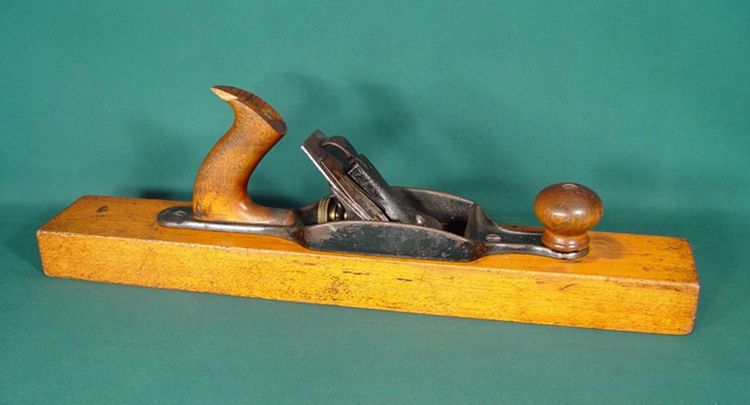
Fore plane is a long, narrow tool that is used to smooth wide boards. It can also be used to create bevels and chamfers. The blade of a fore plane is set at a low angle, which makes it ideal for working with hardwoods. As with all planes, the fore plane must be kept sharp to work effectively.
Jack Plane
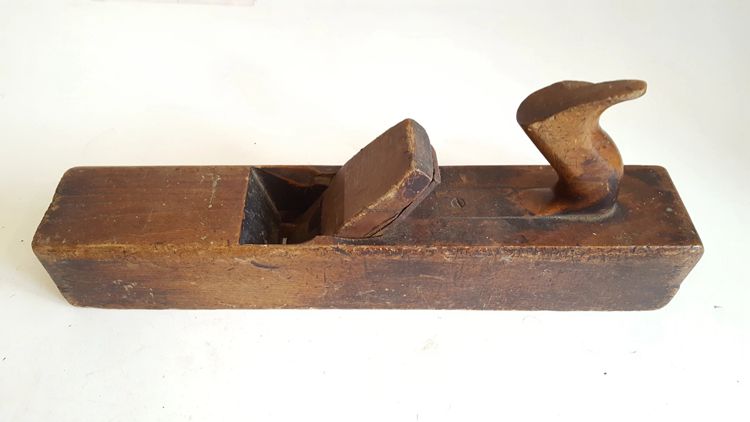
Its long blade and sturdy construction make it ideal for removing large amounts of material quickly, and its relatively low price makes it a popular choice for budget-minded woodworkers. Jack planes typically have a blade length of 14-16 inches, making them well suited for working with long boards. While the jack plane is capable of giving a smooth finish, it is not recommended for use on sensitive surfaces such as veneers or inlays. For best results, always plane with the grain of the wood.
Scrub Plane
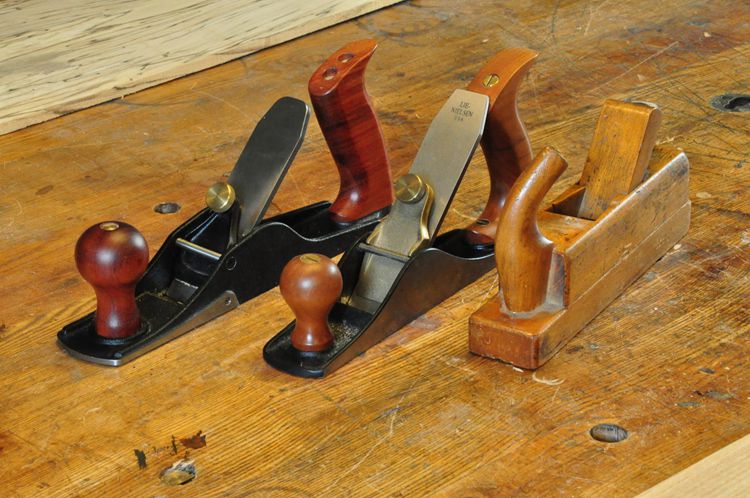
Scrub planes are characterized by their short, stout bodies and wide blades. The blades are set at a steep angle, which allows them to quickly remove excess wood. These planes were typically used for rough-cut lumber that was too warped or uneven for traditional planes. For many woodworkers, a scrub plane is an essential tool for quickly preparing wood for joinery or final shaping. It can also be used to create interesting textured surfaces.
Shoulder Plane
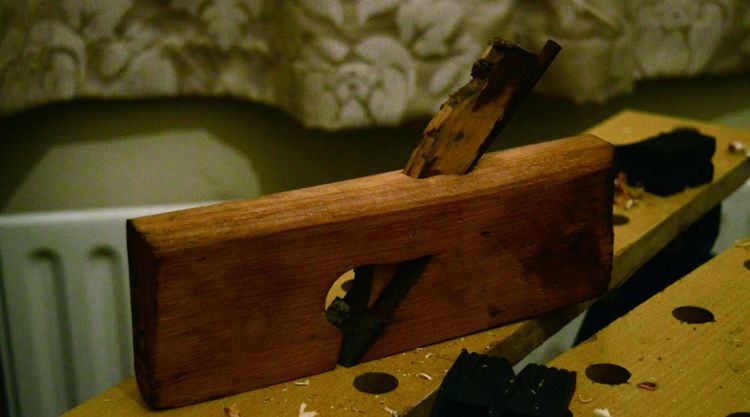
At first glance, the shoulder plane and the bullnose plane may seem very similar. Both are designed for intricate work, and both have a relatively long body and a short, curved blade. However, shoulder planes are much longer than bullnose planes, making them ideal for working with larger surfaces. The blade on a shoulder plane is also set at a different angle, which gives it more cutting power and makes it better suited for working with tougher materials.
Jointer Plane
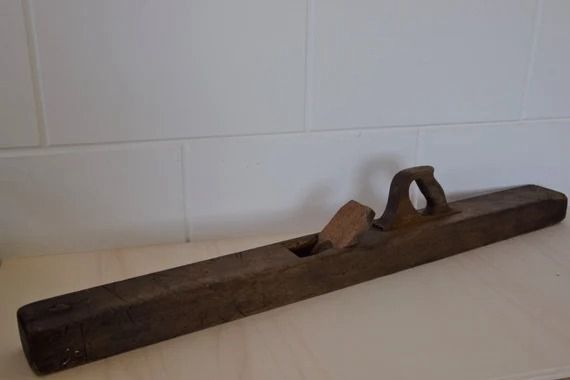
The Jointer Plane is the longest of the common planes, measuring between 15 and 25 inches in length. Its extra length makes it ideal for shaping long, curved surfaces. The blade is set at a 45-degree angle to the body of the plane, which gives it a cutting action that is more aggressive than other planes. This powerful tool can quickly remove large amounts of wood, making it ideal for jointing wide boards or preparing stock for final finishing. Because of its length, the jointer plane is more difficult to control than shorter planes.
Kanna Japanese Plane
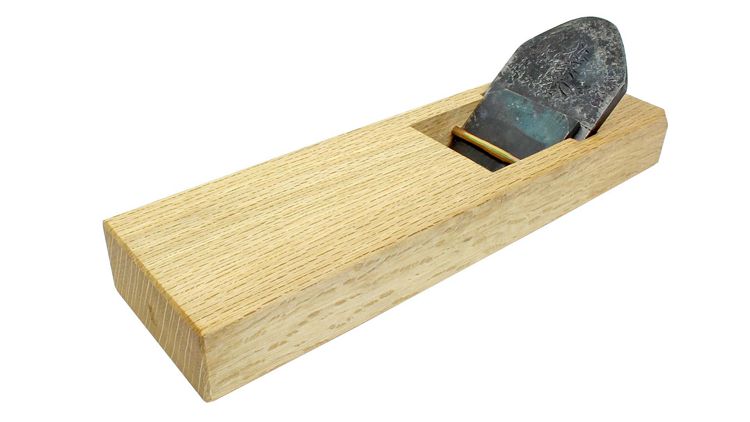
The Kanna Japanese wood plane is a highly specialized tool that has been used for centuries by Japanese carpenters. Today, it is also popular with western woodworkers who appreciate its unique design and capabilities. The kanna is essentially a block plane with a very long blade that is set at a steep angle to the body. This design allows the plane to cut across the grain of the wood, making it ideal for creating smooth, accurate surfaces.
Antique Wood Planes Identification Guide
Antique wood planes can be difficult to identify, but with a little research, it is possible to figure out the make and model of most planes.
Look for Manufacturers Marks
When you are looking for an antique wood plane, one of the first things you should look for is the manufacturer’s mark. This mark will help you determine the age and value of the plane. Manufacturers of wood planes typically imprint their company logo or name on the body of the plane. This allows users to easily identify the manufacturer of the plane, as well as the specific model. Some manufacturers also include additional information, such as the year of production, on their planes.
It is important to note that not all manufacturers’ marks are created equal. Some marks are more valuable than others.
For many woodworkers, the Stanley brand is synonymous with quality. Established in 1843, Stanley Tools has a long history of producing some of the finest hand tools available. One of their most popular lines is their series of wood planes. prized for their durability and accuracy, Stanley planes are a favorite among both professional and amateur woodworkers.
While the company no longer produces new planes, antique Stanley wood planes are highly sought-after by collectors and can fetch a high price on the secondary market. Whether you’re looking to add to your tool collection or simply want a piece of history for your workshop, an antique Stanley wood plane is an excellent choice.
Other valuable antique wood planes manufacturers include:
- Union
- Sargent
- Belknap
With their distinctive styling and superior construction, wood planes are sure to be treasured for years to come.
How to Identify Antique Wood Planes With No Markings
In 1869, Stanley Tools introduced a system for numbering the different-sized planes, making it easy for carpenters and other craftsmen to quickly find the right tool for the job. The numbering system was so successful that it was soon adopted by other toolmakers. A good way how to identify antique wood planes with no markings from manufacturers is to look for a number.
All antique Stanley wood planes are stamped with a number that corresponds to their size, and the most coveted models are those with low numbers. The size of the plane is determined by the length of the cutter, which is the blade that extends from the front of the plane. The cutter on a No. 1 plane, for example, is two inches long, while the cutter on a No. 8 plane is eight inches long. While Stanley made a wide range of sizes, the most popular models are those between four and seven.
Another way to identify antique wood planes with no markings is to look at the lever cap. If the plane has a horn-shaped lever cap, it was likely made before 1860. You can also examine the tote. If the tote is made of beechwood and is curved, it is probably an antique. Look at the wear patterns. Antique planes show signs of extensive use, with nicks and dings all over the body. Modern planes, on the other hand, are typically smooth and free of any major damage. Finally, you can also tell if a plane is antique by looking at the screws. If the screws are hand-cut, the plane is probably an antique.
Antique Wood Planes Identification Resources
We recommend these resources as your antique wood planes identification guide:
- The Stanley Rule and Level Company’s Combination Planesby Kenneth D. Roberts
- Stanley Plane Collector’s Checklistby Keith Bradfield
- A Guide to the Makers of American Wooden Planesby Martyl Pollack, Edward A. Fagen, and Emil Pollack
- A Field Guide to the Makers of American Wooden Planesby Thomas L. Elliott
- Antique & Collectible Stanley Tools Guide to Identity & Valueby John Walter
Online Guides
There are many resources available online for identifying antique wood planes:
- Super Toolhas a large collection of photos and descriptions of different types of planes.
- Wood and Shophas an extensive database of photos and information on different types of planes.
- Antique Buyeroffers a wide variety of information on all types of antique tools, including old wood planes.
Antique Wood Planes Price Guide
If you are interested in selling your collection of antique wood planes, there are a few things you can do to get the most money for your planes. First, you will want to research the value of your planes. You can do this by looking at similar planes that have sold recently, or by contacting an appraiser.
When it comes to determining old wood planes value, there are several factors that come into play. The first is the age of the tool. Obviously, the older the plane is, the more valuable it will be. The second factor is the condition of the tool. A well-maintained plane will be worth more than one that’s in poor condition. Finally, the provenance of the tool is also important. If you can prove that your plane was once owned by a famous craftsman or used in a famous workshop, then its value will increase significantly.
The most expensive vintage wood plane was sold for $5,140 at an auction and it featured Francis Nicholson’s imprint on the body. Francis Nicholson was the first documentation plane maker and that’s what makes these old wood planes so expensive.
Stanley No. 1 Bench Plane was the most expensive antique wood plane sold on eBay for $2,918. This model was manufactured from 1869 to 1943, and the average price is between $1,000 and $2,000.
Common hand planes can be found for as little as $20, while rarer models can sell for thousands of dollars. For the most part, however, prices for antique wood planes fall somewhere between $50 and $500.
Where to Find Old Wood Planes for Sale
There are a few places that you can try if you’re looking for antique wood planes for sale. The first is your local antique shop. Many times, these shops will have a small selection of woodworking tools, including planes. You can locate your local antique shops on websites like Antique Trader or Antique Store Finder.
Auction houses are a great option for finding antique wood planes for sale. Pook & Pook and Michaan’s Auctions are two well-known auction houses that sometimes deal in antique wood planes.
While you can sometimes find antique planes at local flea markets or garage sales, your best bet is likely to be an online auction site like eBay. On eBay, you’ll find a wide variety of antique wood planes from all around the world. You can also narrow your search by price, condition, and other factors to find the perfect plane for your collection.
Final Thoughts
Antique wood planes are tools that were used to smooth and shape wood. They were very popular during the 18th and 19th centuries when furniture was often made by hand. Today, antique wood planes are highly sought after by collectors and woodworkers. Many people enjoy using them for their original purpose, as they produce a much smoother finish than modern power tools. Others simply appreciate the craftsmanship that went into making these planes, which was often passed down from generation to generation. No matter what your reason for collecting antique wood planes is, they are sure to add a unique touch to your home.
Identifying antique wood planes can be a challenge. Check for any maker’s marks or stamps as these can help to narrow down the date and place of origin. Examine the construction of the plane and consider the wear and tear on the plane. While there are many different types of planes, the most valuable are those that are in good condition and have a unique history. One of the most popular is antique Stanley wood planes. Other valuable old wood planes include Union, Belknap, and Sargent. Good luck!






![Vintage Schwinn Bikes: [Types, Identification, and Values]](https://www.txantiquemall.com/wp-content/uploads/2022/05/5.-Schwinn-1967-Ramshorn-Fastback-Stingray-Sky-Blue-vtg-600x450.jpg)
